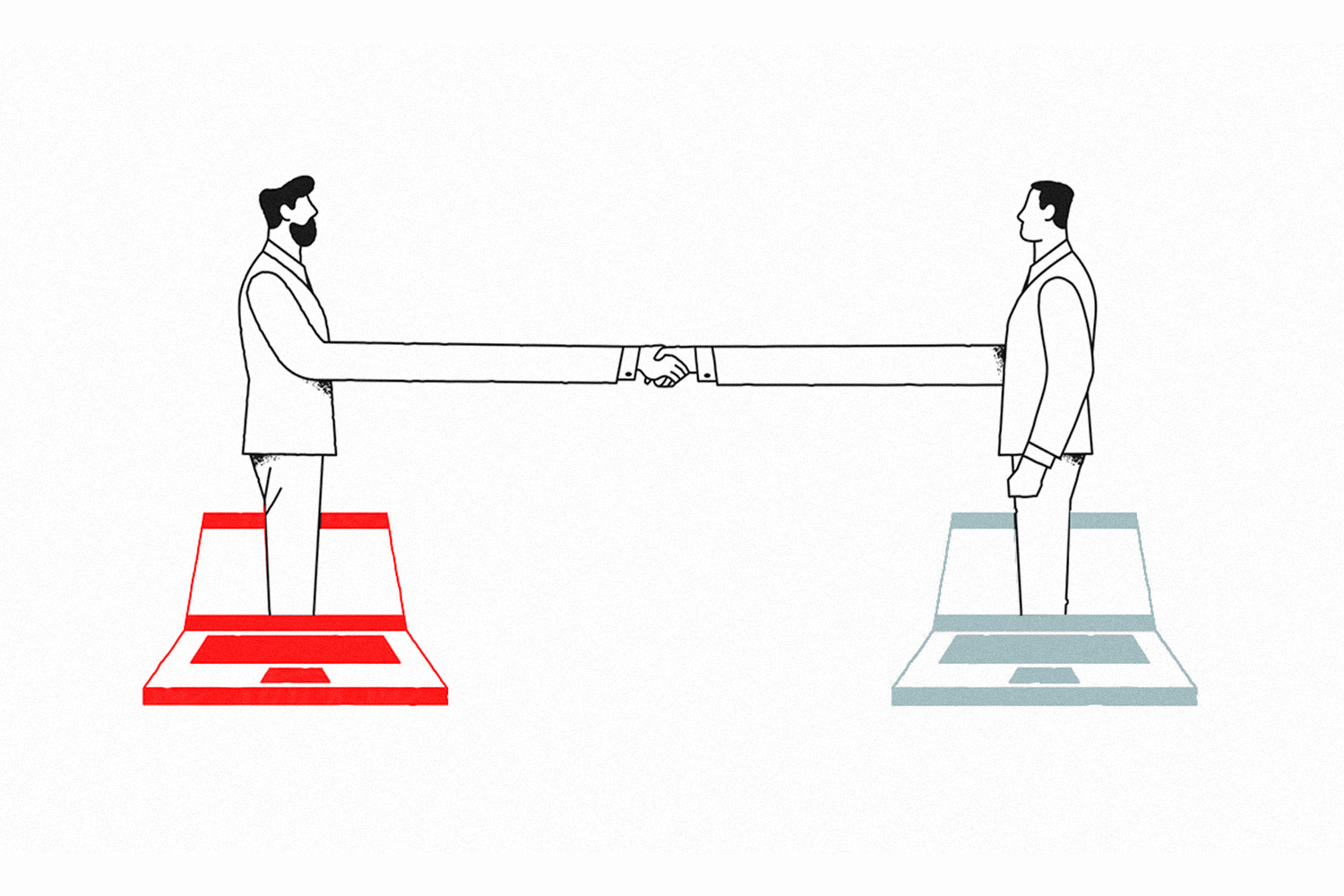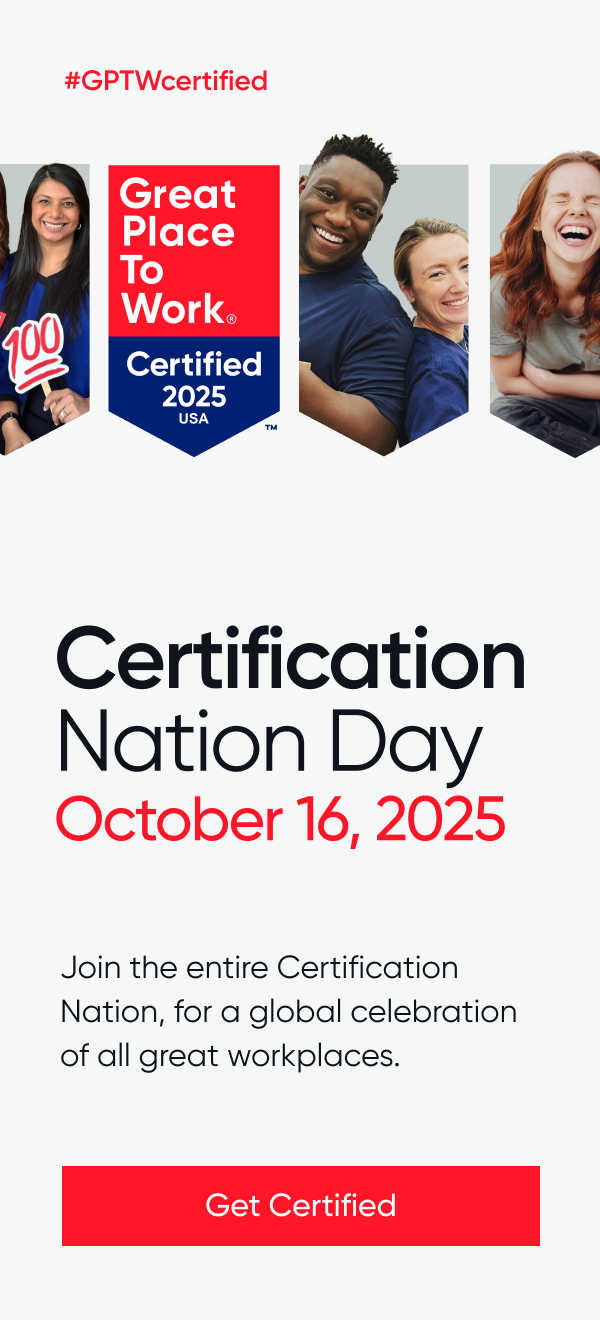5 Key Issues that Will Impact Your Future Workplace
Part Two of a Two-Part Blog Series
This article is the second half of a two-part blog series. The first article titled Preparing Your Office for the Future: 5 Ways to Leverage the Physical Workspace to Address Future Trends was posted on September 30, 2015.
Imagine the year is 2025. It’s hard to see into a future that seems so far away, isn’t it? Think about the day when big data is no longer a big deal – when it is simply integrated into everything we do. Picture a future workplace experience where our every move is tracked, measured and aligned to result in peak employee performance. That day will come.
How does your workplace need to change today in order to support the ways we will be working 10 or more years from now? That is the question that we at Kahler Slater, and our partners at Granite Properties, asked at a recent think tank focused on the future of the workplace.
Think Tank Methodology
The aim of the event was to facilitate a lively discussion, drawing upon the experience of the participants, 40 leaders from recognized Best Workplaces and other great organizations across the country. The conversation was concentrated specifically on the physical work environment and on those things that have an effect on physical space related to the way people will work in the future.
The purpose of a think tank is to explore a topic from many angles and perspectives, to generate many ideas and to push participants to think beyond the obvious. The event was facilitated in a World Café format with group discussions first covering five workplace trends. Then topics shifted and a technique called “combine” was used to really push participants to think about how society and outside influences will affect change in the workplace. Five global trends were forced or married with the workplace and the previously discussed trends.
Global Trends
- Maker Movement: The do-it-yourself (DIY) revolution fueled by social connections
- Shared Economy: Collaborative sharing of goods or services via rental methodology supported by technology
- Millennials in Leadership Roles: A new wave of young leaders is changing the way companies do business
- Pop-Up Economy: Short term locations serve to build awareness and excitement
- Big Data: The ability to track, measure, collect and crunch massive quantities of data to aid decision making at various levels
Think Tank Insights
This post is too limited to include all of the great ideas that this group of forward-thinking professionals discussed. However, we uncovered five themes that point to what might be on the horizon for the future of the workplace. Under each theme, we list some of the best ideas that participants came up with that describe the Workplace of the Future.
- A Stronger Focus on Well-Being in the Workplace
Participants predict an increasingly stronger focus and more holistic approach to health and wellness. Well beyond today’s wellness programs or work/life balance discussions, companies in the future will address multiple dimensions of well-being including physical, emotional and mental health. Success of this focus will require a commitment to creating physical spaces, programming and a wellness culture.- Outdoor spaces like campfire ring “meeting rooms” and shared company gardens to build camaraderie, improve nutrition, health and relaxation
- Private spaces for wellness activities that used to occur in clinics or health clubs like blood draws, personal coaching, napping, yoga classes and meditation
- The Ability to Change and Customize the Workplace Quickly
When the fast pace of change being demanded by millennials meets big data and Pandora-type personalized technology, attendants see that the ability to change the workplace very quickly will be imperative. Rapid adaptability of workspace by individuals and groups without hiring a construction crew was seen by attendees as an important workplace design focus in the future.- Rooms adapt to personal needs based on preferences, performance, activities and engagement levels that are recorded or collected via wearable technology, heat sensors and other technology solutions
- Meeting rooms can not only be reserved, but reconfigured at the push of a button to grow or shrink the space between the walls, change table shapes and sizes and swap out technology or whiteboard solutions
- The Expanded Role of the Workplace in Inspiring Employees
In a highly competitive world, the need to constantly inspire employees will change the perception of what inspires. Leaders will realize that fresh, changing environments with powerful, authentic stories on the walls is more inspiring than expensive art collections. In the future, more attention will be paid to marketing and branding internally to connect employees to the company’s mission and the impact employees have on their customers. Including individual employees in the brand story and allowing them to become a part of history in the making will be an effective employee engagement strategy.- Permanent, yet changeable innovation workshop spaces become increasingly common as employees look for spaces to encourage creativity, inspire and tinker with new ideas
- Environmental branding displays, corporate artwork programs and interior design will be refreshed more frequently in the future as even the most inspiring messages and design can become uninspiring after viewing multiple times a day, five days a week
- A Focus on the Workplace as the “Connector” for People
In a global community, technology certainly makes connecting with others easier. But a desire for more authentic and meaningful connections is even seen in the technology being used in today’s corporate world. The “mobile workforce” is now being referred to as a “connected workforce.” Companies are looking for answers on how to keep employees who work remotely connected deeply to the corporate culture and to fellow team members. Participants concluded that there will always be a need for physical offices where employees can meet, interact and build camaraderie in person.- Off-site shared office space once common only to incubators and start-ups are used throughout corporate America – not for lack of office space, but for the opportunity to engage with others of similar disciplines
- Apps to manage staffing schedules and work tasks help maintain productivity and keep teams connected, while incorporating opportunities to build camaraderie online – the online version of a pop-up ice-cream sundae party, for example
- An Increase in Personalization in the Workplace
Discussions on the topics of the millennial generation, the Maker Movement, technology and social media converged on the concept that people today have a greater desire to share and put on display their true personalities at work. Showcasing a person’s passions and unique personality in the workplace will be even more important in the future.- Organized “show and tell” activities and displays in the office
- More focus on optimizing each employee’s optimal work environment in order to achieve flow, a state of consciousness when people are completely focused on an activity and feel and perform their best, will increase as big data evolves in the workplace
Planning for future change is never easy. The insights shared in the Future of the Workplace Think Tank White Paper provide a guide to those thinking about leveraging their workplace to compete in a rapidly changing marketplace. Small steps today taken towards a focus on well-being, rapid customization, inspiration, connectivity and personalization in the workplace will help your organization stand out among a sea of great companies in the future.
About Glenn
Glenn Roby is a Vice President and leader of Kahler Slater's Business Environments Team with a focus on workplace design strategies that optimize organizational culture, employee productivity and real estate assets. As a key member of the Kahler Slater’s workplace environments research team, he has visited and benchmarked many Best Companies across the country. You can connect with him on LinkedIn. Kahler Slater is an interdisciplinary architecture, interior design and environmental branding firm serving visionary clients around the world. The firm has been rated one of the Great Place To Work® Best Small Workplaces for eleven straight years.







